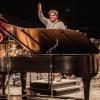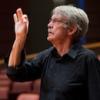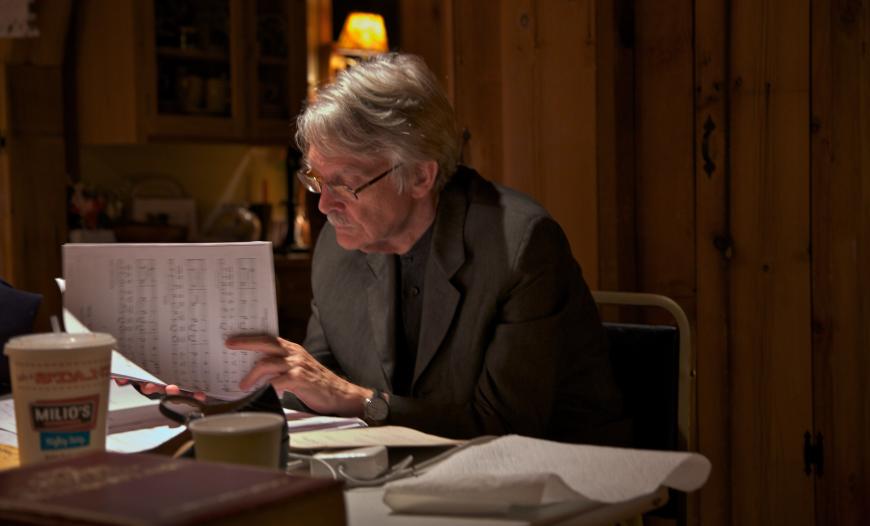
At age 83, John Harbison has earned the right to indulge in a little nostalgia. So it is not surprising that among the veteran composer’s current projects is a concerto for an instrument he played in high school. That would be ... the tuba?
“I traveled fast on the tuba!” Harbison recalled. “When I gave up on the instrument, my teacher complained to my wife, saying I was his star student after 40 years of teaching. I felt bad about that.”
So how is it going? “Slowly,” he said. “The fact I was a good tuba player in high school doesn’t mean I understand immediately what a tuba concerto should be.”
Harbison has composed many concertos over the decades, along with six symphonies, two full-length operas, numerous chamber pieces, and countless works for vocalists and chamber ensembles. The winner of both the Pulitzer Prize and a MacArthur “genius” grant, he generously spent an hour on the phone recently from his home in Cambridge, Massachusetts, discussing everything from his childhood to his latest compositions. Our conversation has been lightly edited for length and clarity.
The just-concluded Cabrillo Festival of Contemporary Music featured a performance of the suite from your opera The Great Gatsby. Were you able to make it to Santa Cruz for the performance?
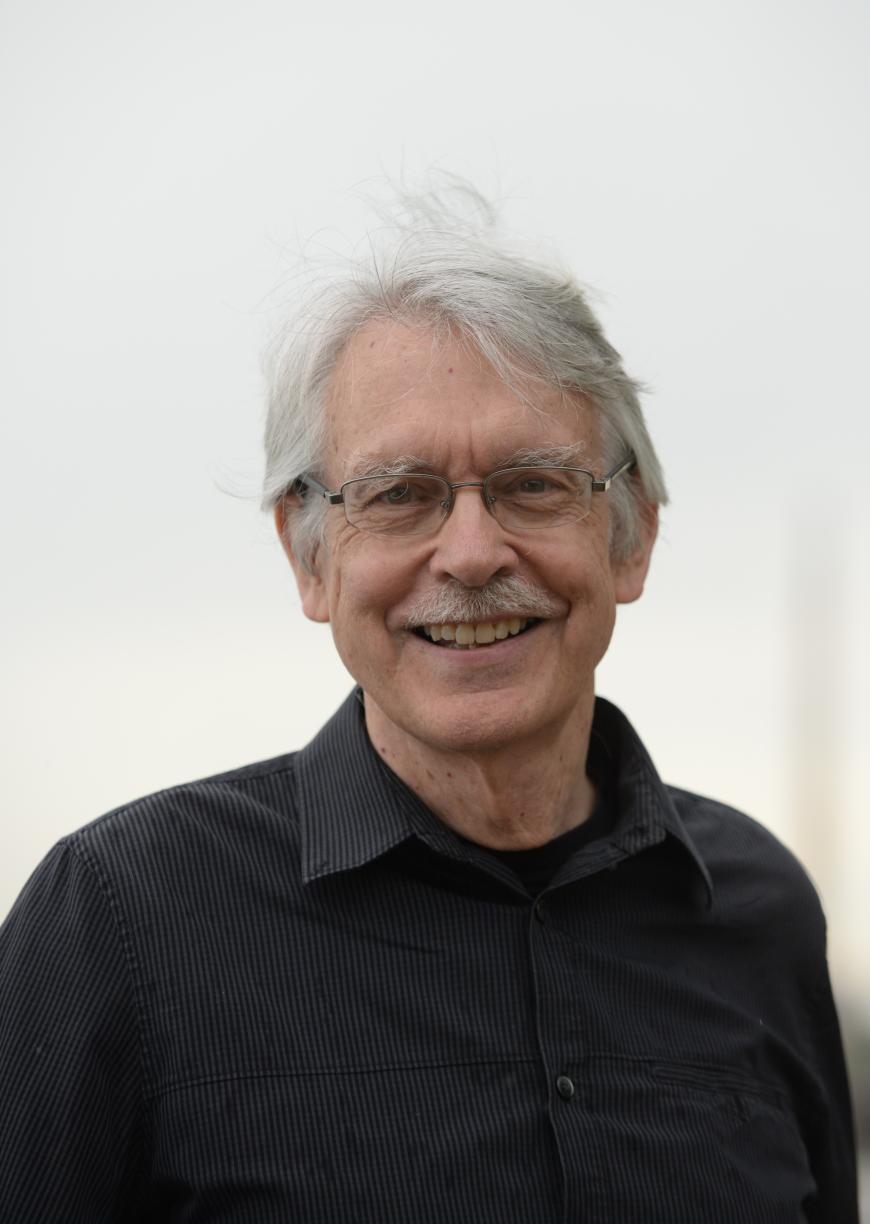
No, my wife and I are in COVID quarantine. The two people we hang out most with both came down with very serious long cases. We have not gotten it. By all accounts, we should have, but we didn’t. We’re kind of amazed. We’re in the age group that’s very susceptible, and these are young people, in their late 20s. They got terrible cases. It seems really random.
What has the pandemic been like for you?
It’s pretty much OK. I’ve been mostly generating my own projects. I wrote a large piece for soprano and piano, which lasts about 20 minutes. I wrote a piano sonata during the COVID shutdown, for my friend Jim Primosch. Unfortunately, he died of pancreatic cancer before he could play it. I’m also writing a movement of a string quintet. The last thing I did on commission was a piece for the Indianapolis Violin Competition, which all the finalists will play next fall.
So with commissions scarce, you can write whatever you want.
Exactly. I have plenty of ideas of things I want to do.
Before turning to the future, let’s talk a bit about the past. Your parents were both musical, correct?
Yes, my father especially. He was really my first teacher. All music was interesting to him. He played Bach, Ravel, and Debussy on the piano. He taught me a lot of pop songs. I heard the things he was playing, and I wanted to play them. My mother also played the piano by ear. Her brother was a songwriter. So I heard a lot of music [from a very young age].
We also had a lot of phonograph records. I heard recordings of late Beethoven quartets when I was 5 or 6 years old. I could apparently identify them by the type on the binding. I listened to them a lot, and they became very familiar. I’d play fragments of them on the piano.
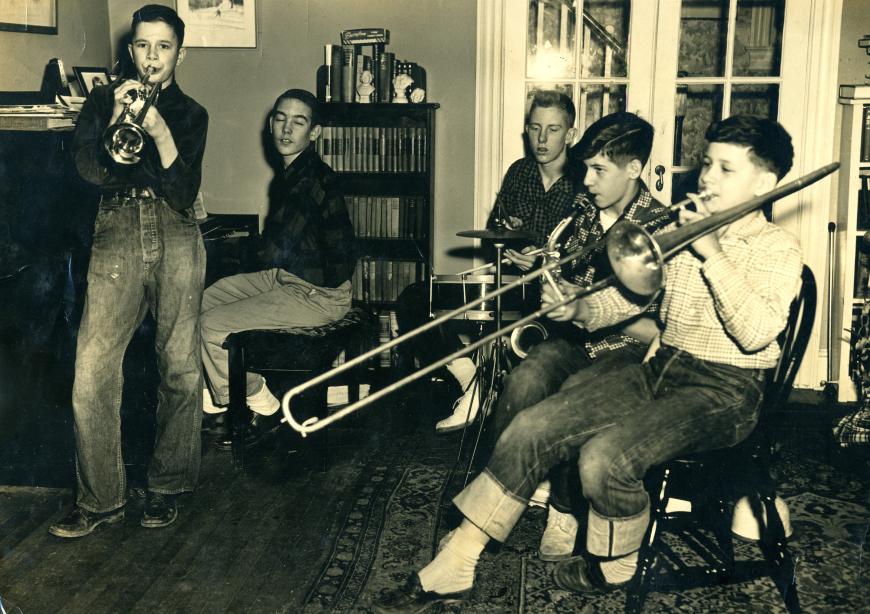
I read that you started improvising on the piano around that same age.
Yes. One of my worst early memories was being invited to a birthday party of a friend of mine. We were 7 or 8 years old. My friend’s mother said to me, “I understand you have pieces. Can you play them on the piano.?” I was mortified. I didn’t want anybody to know that. But she insisted. I knew the other kids weren’t interested, but I was stuck. So I played one of my pieces.
There was another incident when I was in high school. I was walking home with my viola — I started playing in the town’s orchestra when I was about 13 — when one of the school’s tough guys rode by on his scooter. I remember it was a very hot day. He stopped and asked me, “Do you play that thing?” I said I did. He said, “I want you to play right now.” He was menacing. I was worried not only about the embarrassment but also that the hot sun was going to ruin the varnish on my instrument. So I got it out and played part of a Bach cello suite that had been transcribed up an octave for the viola. I couldn’t tell if he liked it. He just kind of sneered.
I grew up around Princeton, and I always felt that when I walked around carrying my viola, people stared at me, as if it was a dumb thing. I made a visit to Cambridge to see what Harvard was like, and I saw a bunch of people carrying string instruments around campus. I thought, “This is where I should go.”
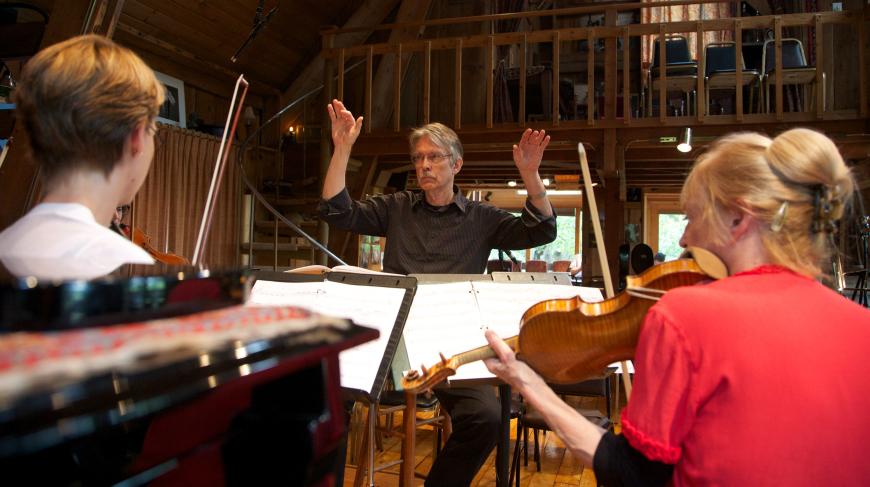
So you had to get away from the tough streets of Princeton. Did Harvard turn out to be a good place for you?
Yes. I had lots of opportunities there. There was an undergraduate-run chamber orchestra, which I conducted for a couple of years. John Adams conducted it some years later [during his undergraduate years].
For a while, I was on the cusp between jazz and concert music. I got a couple of good jazz groups together in college, and we did really well in intercollegiate competitions. But there was a summer when I had to decide whether to go to Tanglewood as a conducting student or the first iteration of the Lenox School for Jazz. I still have a lot of how jazz works in my ear. When you’re a teenager, you have a real absorptive quality — and a lot of that stuff stays very available.
Were you serious about a conducting career at that point?
It was more a matter of skill acquisition. I identify much more as a composer. A couple of times, I backed away from conducting for a while. I felt it’s not a professional advantage to be a double threat. It takes a lot of time to be as well prepared as a conductor.
In fairness, Leonard Bernstein pulled off both.
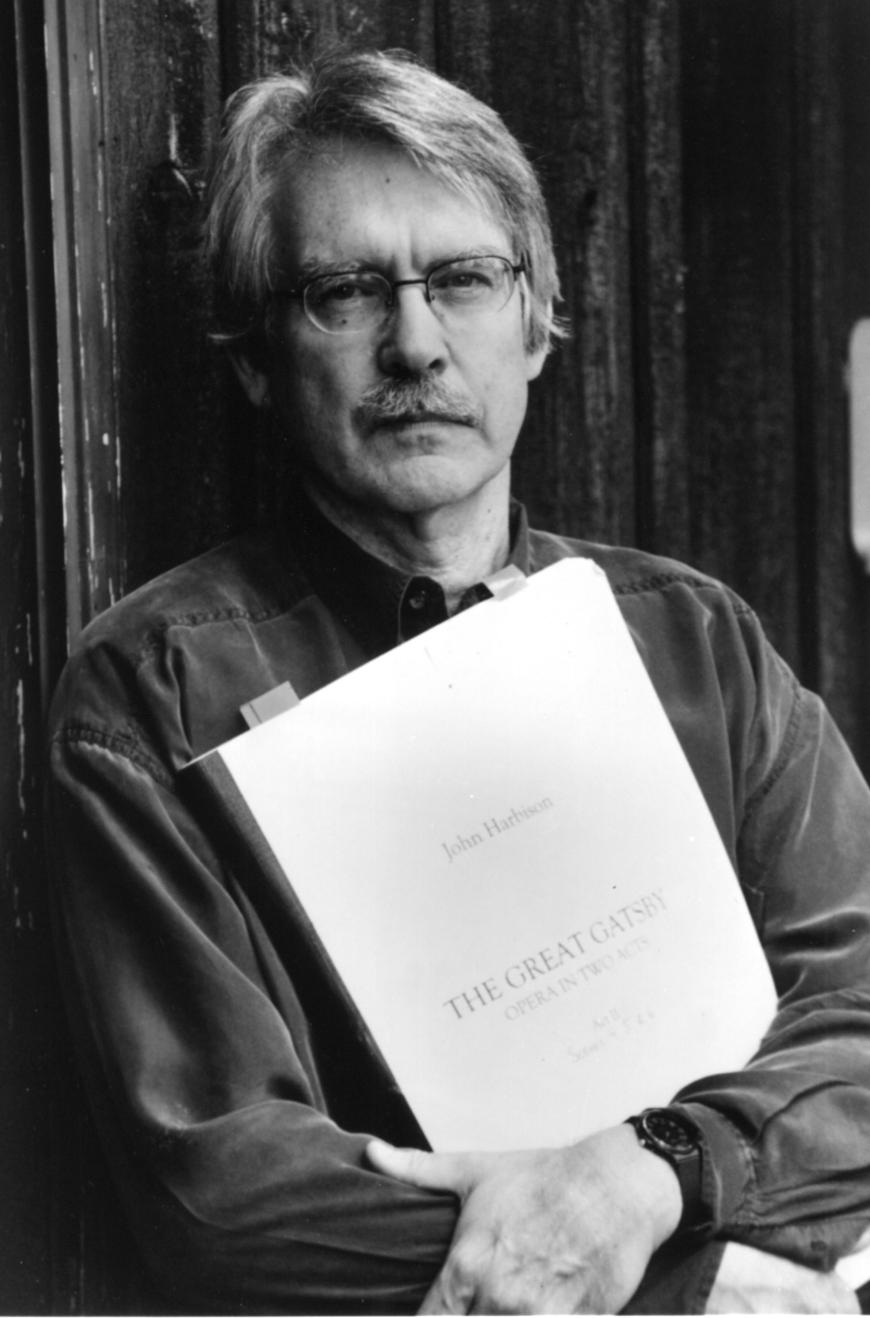
He must have had the right kind of mind for it. My difficulty has always been finding enough space in my head for the things I’m composing and the things I’m performing. Composing takes up a lot of space.
I was curious to read that your teachers included Walter Piston and Roger Sessions — two major American composers who worked in extremely different styles. Did you learn different things from each of them?
I think of them both as New England classicists. One of the things I’ve been trying to do, in writing six symphonies and a lot of concertos, is trying to create new streambeds for that New England classical impulse. We have a very interesting version of that from [Charles] Ives. Elliott Carter created an eccentric version of it.
I had great respect for what both Sessions and Piston had to say — not so much about their music as the music they presented and talked about. I remember Piston’s class about the Berg Violin Concerto and Sessions talking about Beethoven. At some point in his class, we were just stumbling around, and we asked him, “Bring in the ‘Eroica’ Symphony and tell us about it.” That was one of the most fruitful 30 or 40 minutes I ever heard anyone discourse about classical music.
Speaking of the symphonic tradition, you are among the relatively few major composers who still write symphonies — six to date, all multimovement works. Why do you continue to write in that form?
A lot of my belief in the continued need for the large orchestra is embodied in music which has at least some allegiance to those forms, starting with Sibelius, followed by Stravinsky and Michael Tippett. There is still vitality in that way of thinking — partly because it is so inclusive. Once Mahler breaks it open, in terms of the size of it and the interconnectedness of the movements, it’s almost ours to reinvent every time.
I encourage audiences to listen to a piece which is presented under the title “symphony” with that openness of possibility, along with the claim that it is worth your attention over 20 to 40 minutes. It signifies a serious belief as a communicator of formal integrity. Every recent symphony that I admire picks up the form by the scruff of the neck and forces it to behave in the manner of a symphony. I’m thinking of the symphonies of [French composer Henri] Dutilleux, as well as [John] Corligiano’s Symphony No. 1. William Bolcom and Joan Tower both have great ability to be symphonic.
One really great adventure for me occurred with my Sixth Symphony. I had a whole bunch of music in which I knew parts were related to each other, but I didn’t know how they fit together. I was at Tanglewood that summer, working on it late at night. I put all these pages out on every surface I could — the floor, the kitchen table, and so forth. I’d walk around and try to see what went with what. I knew that some of these fragments were not disconnected.
That piece ended up with the movement divisions being completely arbitrary. The relations run between the movements much more than within. That felt right — it was where I was trying to get to with the symphony. In [my] First Symphony, the scherzo is the scherzo, the finale is the Finale — capital F. Everything conforms to a role. I felt the next step was breaking down the rules.
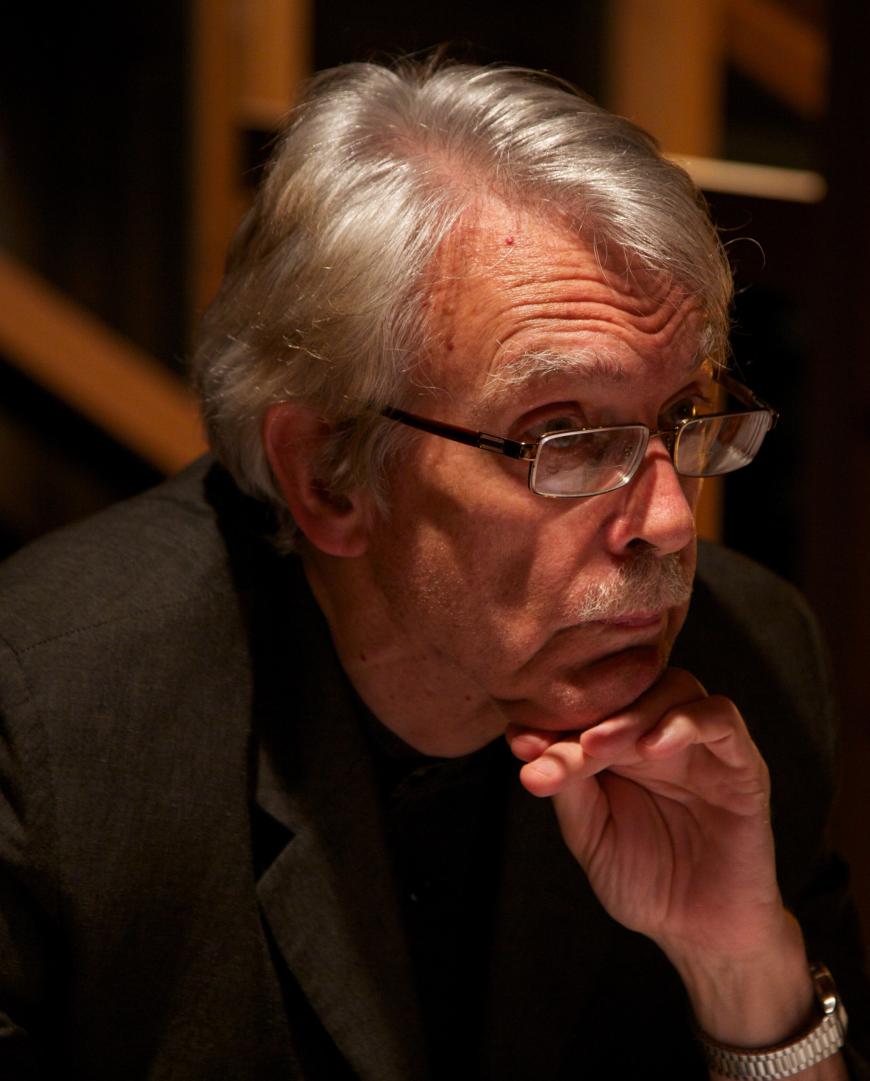
Sibelius went through a similar evolution, didn’t he?
Sibelius went very far with that on the level of the assembling of the material as he worked. About one third of the way through a movement, he’ll put in something that is much more important than anything you’ve heard up to that point. It’s a really interesting way to think about how a format can unfold and how to coax a listener into a certain stance.
You’ve long talked about your desire to not repeat yourself as a composer, which Stephen Sondheim also spoke of frequently. He added that this impulse made it harder to write as he got older. Is that true for you?
It is. It lengthens the process because you’re trying to dance around, or evade, areas where you feel you’ve done too much of that [kind of] work already. I’ll tell myself, “I can do it this way, but I know that path. I’ll try to find a different path.” Every once in a while, I will decide I’ll probably do better in familiar scenery for a while, if only to get to a place where I want to get but don’t know how to get to.
Is writing music still something you enjoy doing?
The joyful part of life [at my age] is actually being around! So many of my colleagues and closest friends are gone. I’ve developed an increasing appreciation of the fact I’m still around and still working. I’m glad a lot of the members of my generation — Bolcom, Tower, Corigliano — are still working.
Do you also stay in touch with younger composers?
Yes, I was head of the composition department at Tanglewood for 15 years, and I’m still very close to a lot of the people who came through. I could mention a bunch of names. Kate Soper has combined a whole bunch of different impulses to move in a way that a lot of us could not have guessed.
Meanwhile, I see you are still closely involved with the music of Bach. You are coaching performances of two cantatas at Tanglewood later this month.
I’m never far away from Bach. I’m still the principal guest conductor at Emmanuel Music in Boston after 50 years. I still do five to six [cantatas] a year there. I started doing the cantatas at Tanglewood 15 years ago. You never feel ready to conduct Bach cantatas because each one is so different from the others. I’ve never totaled it up, but I’m up to about 125 out of 200.
Is that experience why you are so at home writing music for voice?
I think so. There’s such variety in those cantatas and so many extraordinary ideas about how to combine a voice and an instrument. It’s always been a touchstone for me.


